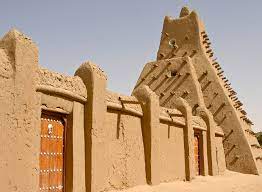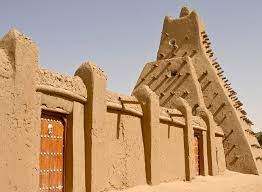Mali’s Holistic Mud Architecture Survives the Test of Time

Mali’s Holistic Mud Architecture Survives the Test of Time
Author(s): Lawrence Tusabe
27129 Views
Category: History
Country: Mali
Content: Non Academic
Timeline: Ancient History - From 10000 BC
Published: 2023
Description
Between c. 1230 and 1670, the Mali Empire, also known as Manden Kurafaba, was the largest, wealthiest and most powerful in the history of Western Africa. It extended from today’s Mali, covered Mauritania, Senegal, Burkina Faso and crossed Niger to reach the Sahara. Perhaps the most familiar name that comes to mind is Mansa Musa, ruler of the empire from the 1600’s who spent so much gold that he caused a 10 year gold inflation on his way to Mecca.
Speaking of gold, today, Mali is considered one of Africa’s largest gold producers, yet, more than half the population remains below the poverty line. The people of Mali may have lost their wealth but, the culture remains untouched while old traditions thrive.
All this sparked my curiosity and here I am, ready to explore Mali’s holistic mud architecture and culture with you. Why has it remained unchanged through the centuries and is it possible the world might start looking to West Africa for sustainable housing alternatives?



